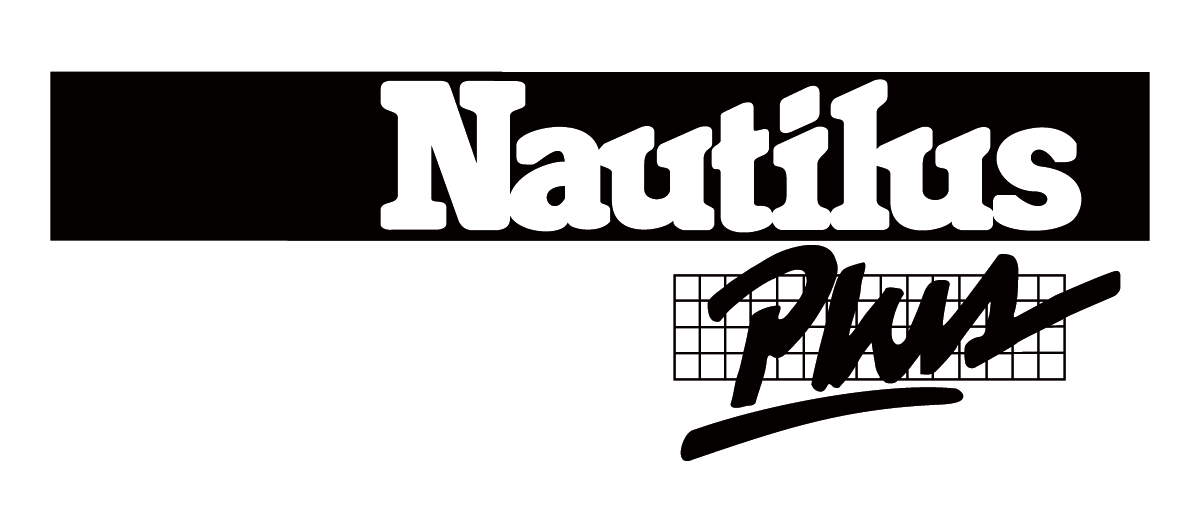
It is very easy to get confused when it’s time to decide which bread to choose. There is white or whole-wheat bread, brown bread posing as white bread, 6 or 12 grain bread, multigrain, 14 cereals, integral, no added fat or sugar, and I could go on! What should we learn from all these statements?
Demystifying flour
First, there is white flour. In Canada, fortification of white flour with group B vitamins, iron, and folic acid is mandatory in order to prevent certain nutritional deficiencies1. So “white flour” and “enriched flour” are actually the same thing!
Then, there is whole-wheat flour. The Food and Drug Regulations allow for 5 % of the grain to be removed during flour processing. This represents part of the germ, and bran (external hull). This way, bread can be preserved for longer, and oxidation is reduced2. Although part of their nutrients has been removed, whole-wheat breads are still more nutritious and contain more fiber, vitamins, and minerals than white breads.
Finally, there is whole-wheat “integral” or “sprouted” flour. It is THE most complete flour, because it contains all three parts of the grain, that is, the germ, endosperm, and bran.
Multigrain or not?
The expressions “multigrain” or “6 cereals” simply indicate that the bread contains a variety of cereals (triticale, rye, flax, oat, wheat, barley, millet, buckwheat, etc.). However, some of these breads are made from white flour. If you like multigrain bread, find one in which the first ingredient is constituted of whole or integral flour, such as “whole-wheat flour”, “sprouted whole-wheat flour”, or “integral wheat flour”. By doing so, you will get both the good taste of multigrain bread, and the nutritive value of whole bread.
Fake white breads
A few years ago, a new variety of bread appeared: brown breads disguised as white breads. For example, there is Multigo from Gadoua®, and Smart from Pom®. According to the industry, these provide all the benefits of whole grains while having the taste and texture of white bread. In fact, this kind of bread is made in part from white flour, to which finely ground fiber (in order to conceal the fiber) is added. The consequence is that we lose part of the properties of fiber. The nutritional quality of this kind of bread is greater than that of traditional white bread, but is not equivalent to bread made from whole-wheat or integral bread.
Will you try a new kind of bread this week?
By Vanessa Martin
References
1. Agence canadienne d’inspection des aliments. 2011. Renseignements supplémentaires sur les exigences particulières à certains aliments. En ligne. <http://www.inspection.gc.ca/francais/fssa/labeti/guide/ch9af.shtml>. Consulté le 5 octobre 2012.
2. Santé Canada. 2012. Grains entiers : Les faits. En ligne. <http://www.hc-sc.gc.ca/fn-an/nutrition/whole-grain-entiers-fra.php>. Consulté le 5 octobre 2012.
Let's Analyze Bread is a post from Nautilus Plus. The Nautilus Plus blog aims to help people in their journey to fitness through articles on training, nutrition, motivation, exercise and healthy recipes.
Copyright © Nautilus Plus 2013

A session with a nutritionist will help you on your way!

Let's establish your nutritional goals together and get some expert advice!
Make an appointment

